8 Ways to Tell Natural from Lab-Grown Diamonds
Posted by Koorosh Daneshgar on Jan 16th 2023
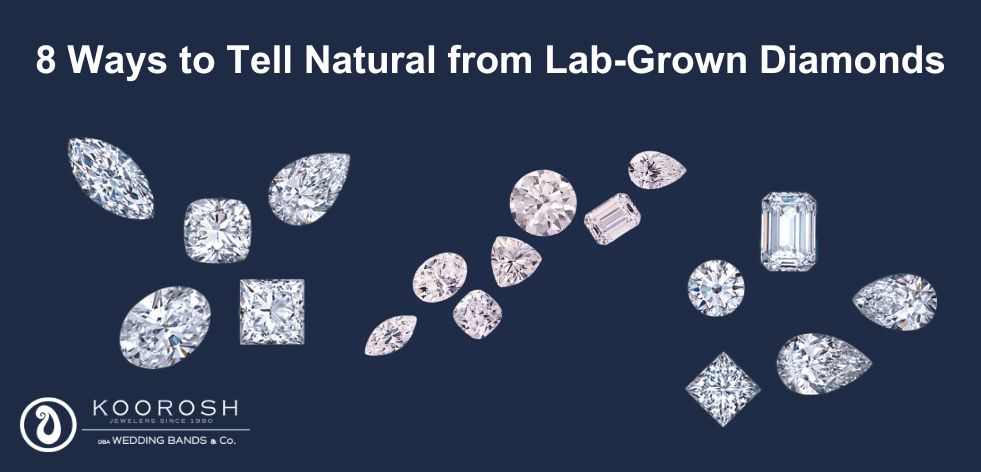
Imagine a world where scientists create diamonds in a lab instead of diamonds forming naturally deep in the earth. In this world, the process of diamond formation takes place in a controlled environment, removing the need for mining.
These lab-grown diamonds are chemically and physically identical to their natural counterparts. This alternative method of diamond production offers a more sustainable and ethical option for obtaining these precious gemstones.
This is the reality of lab-created diamonds, a phenomenon that has changed the diamond industry in recent years. Gems created in a lab bear a remarkable resemblance to authentic diamonds. This makes it difficult for experts to tell them apart.
In this comprehensive guide, we journeyed through the techniques and methods used to detect lab diamonds amidst the vast sea of natural stones. We use various methods to determine the origin of each gem. These methods include examining it under a microscope and utilizing advanced spectroscopic techniques.
1. Microscopic Examination
The meticulous scrutiny helped by microscopic examination stands as a cornerstone in the realm of diamond detection. The intricate lattice of each gem hides a wealth of information, ready for unveiling.
Lab-grown diamonds, under the discerning eye of the microscope, often divulge telltale signs of their artificial genesis. Scientists purposely create patterns in labs or metal pieces accidentally form them during manufacturing. Tiny details help gemologists understand a diamond's origin by giving important clues.
2. UV Light Test
Man-made diamonds can have different fluorescence under UV light, making them different from natural diamonds. This test helps gem experts determine if a diamond is genuine, giving them confidence and accuracy in their evaluation. By carefully analyzing the fluorescence patterns, gemologists glean invaluable insights into the diamond's origin and production process. This study helps distinguish real and man-made diamonds and teaches us about geology.
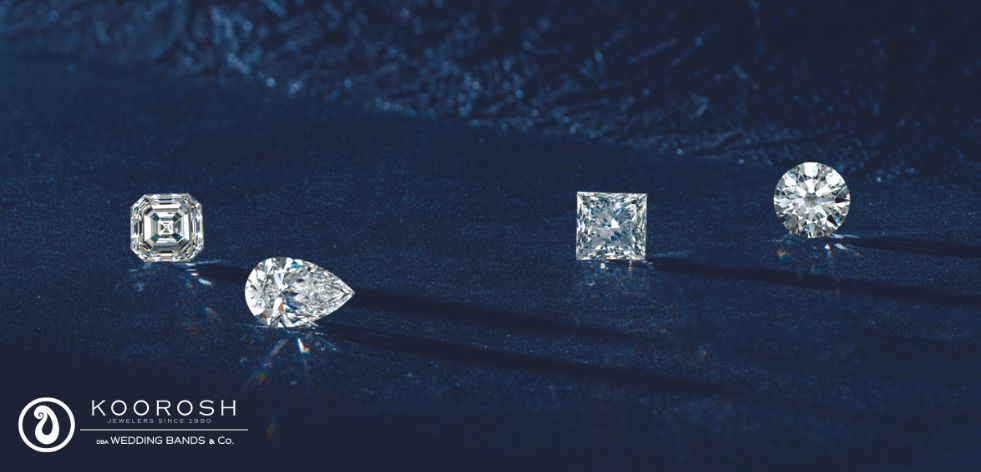
3. Thermal Conductance Test
Experts use thermal testing to determine how well diamonds conduct heat and tell the difference between real and man-made diamonds. This sophisticated technique involves assessing how efficiently a diamond conducts heat, revealing crucial distinctions between the two types.
Man-made diamonds grow in a lab and can handle heat better than natural diamonds. This enhanced thermal transfer serves as a distinct marker, providing a clear indicator of the diamond's origin. By carefully analyzing these thermal characteristics, gemologists unravel the intricate story encoded within each diamond, shedding light on its journey from creation to discovery.
4. Spectroscopy
Gem experts use advanced spectrometers to study diamond spectral patterns. This helps them accurately identify small differences between man-made and real gems. Using advanced spectroscopy, gemologists study the distinct optical patterns of diamonds to understand their unique characteristics and differences. This careful study helps us find lab diamonds and learn more about their unique qualities and beauty.
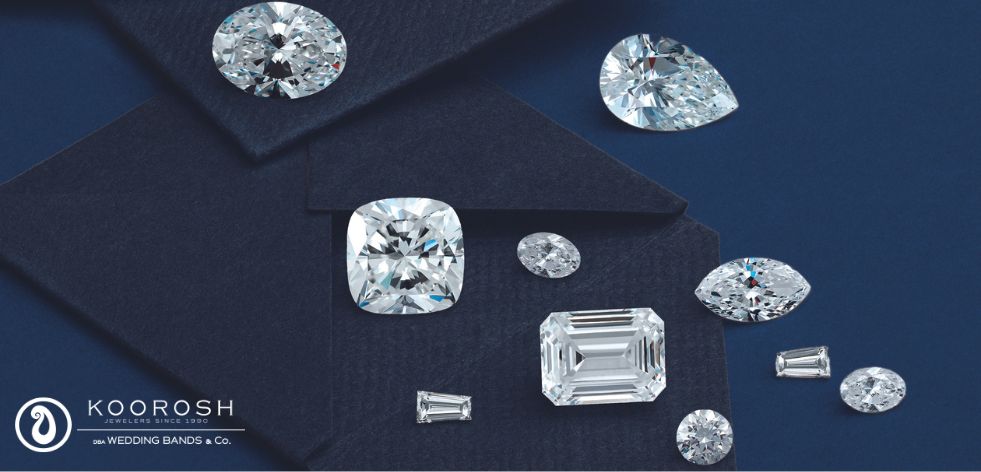
5. Infrared (IR) Spectroscopy
Exploring the infrared spectrum reveals a myriad of concealed features and distinctive impurities that characterize lab-grown diamonds. IR spectroscopy is important for identifying diamonds and studying their molecular composition in more detail. Using infrared radiation, experts can identify differences between lab-grown and natural diamonds. This advanced technique aids in identifying diamonds and enhances our understanding of their formation.
6. X-ray Fluorescence (XRF)
X-ray fluorescence reveals the elemental composition of diamonds, providing valuable information about their complex structure. This powerful technique enables experts to identify subtle variations in elemental makeup, providing invaluable insights into a diamond's origin and history.
Gemologists can decode the story of diamonds by studying the unique fingerprints of elements found in each gemstone. Skilled artisans craft diamonds formed deep in the earth. X-ray fluorescence can reveal the details of a diamond's journey and composition.
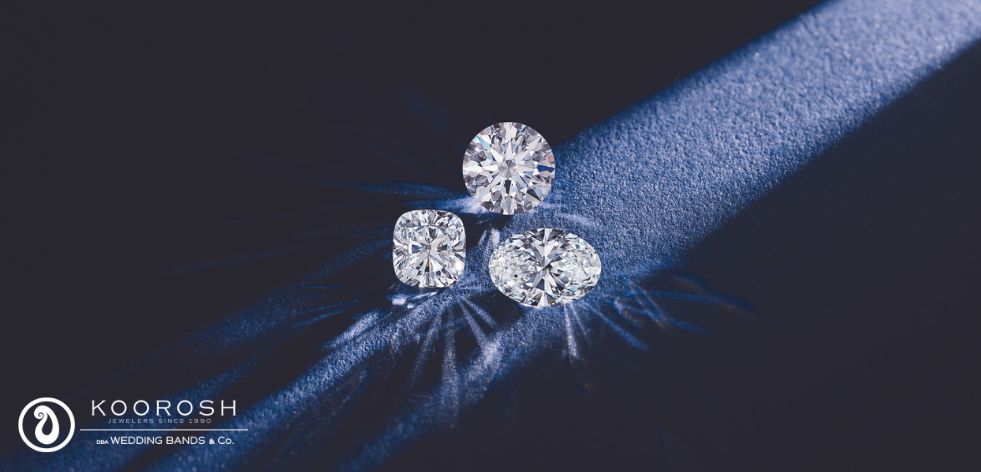
7. Luminescence
Each diamond boasts its unique luminescent signature, a testament to its individual journey and creation process. The brightness of a diamond can show where it comes from, based on things like its makeup and how it formed. Lab-grown diamonds, in particular, showcase distinctive luminescence patterns that set them apart from their natural counterparts.
Gem experts can accurately and confidently tell the difference between real and man-made gemstones using special marks. Advanced imaging methods obtain these marks.
8. Advanced Testing
Advanced techniques like Glow Mapping and Diamond View imaging are essential tools for analyzing diamonds. These techniques provide precise and deep understanding for those who want to study diamonds in detail.
New techniques analyze diamond composition, revealing its origin and history. Gemologists use glow mapping to see and study how light properties spread on a diamond's surface. This reveals small differences that could indicate how someone grew or treated the diamond.
Diamond View imaging utilizes UV fluorescence to reveal the unique characteristics and attributes of a diamond. This process provides insight into the diamond's journey from its formation to the present. Gemologists use advanced techniques to discover the secrets hidden in diamonds. This helps us understand these precious gems and their importance in the world of jewelry and beyond.
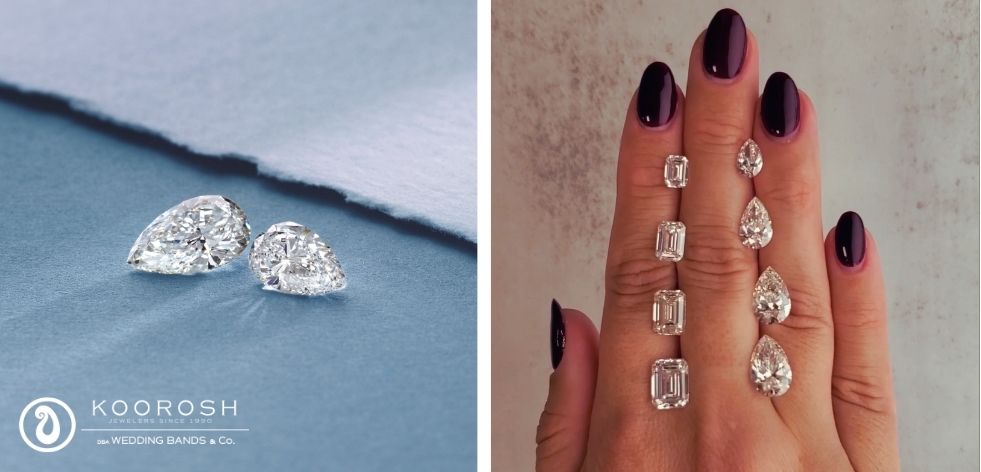
Expert Consultation
In conclusion, when choosing a diamond, getting advice from a trusted jeweler who is an expert in lab-grown and natural diamonds can be extremely valuable. These Jewelers study lab-grown diamonds and provide customers with detailed advice based on their preferences and needs.
Experts assist customers in selecting diamonds, lab-grown or natural, that suit their style and preferences. A skilled jeweler assists you in finding the ideal lab-grown diamond.
They provide information about its characteristics and suggest design and setting options. The jeweler is a trusted partner in your search for the perfect diamond.
Are lab-grown Diamonds Worth Buying?
Understanding that lab-grown diamonds are chemically and similar in quality to natural diamonds is essential. Lab-grown diamonds offer numerous advantages, including their ethical and sustainable production methods.
Choosing lab-grown diamonds helps the environment and promotes ethical practices in the diamond industry. Lab-grown diamonds are less expensive and equally stunning. They are an excellent choice for individuals seeking ethically sourced, top-notch diamonds.

Navigating the World of Diamonds with Wedding Bands & Co.
At Wedding Bands & Co., we are proud to be your top choice for beautiful diamond jewelry and unmatched knowledge. Our team, led by Koorosh Daneshgar, understands the importance of offering a variety of diamonds to meet customer preferences. Whether you're in search of a timeless natural diamond or a stunning lab-grown gem, we have you covered.
We give detailed diamond information so customers know about the four Cs: Carat, Cut, Color, and Clarity. We are transparent and use real diamonds in our demonstrations, without relying on salespeople.
Wedding Bands & Co. guarantees top-notch diamonds, whether they're natural or lab-grown, for our valued customers. Our team is here to help you with expert advice and guidance, ensuring you make informed decisions at every step. Visit our store in Chicago, Illinois, and discover the world of diamonds with Wedding Bands & Co.
Address: 43 E Oak St FL 2, Chicago, IL 60611
Phone: +1 312-920-0726

